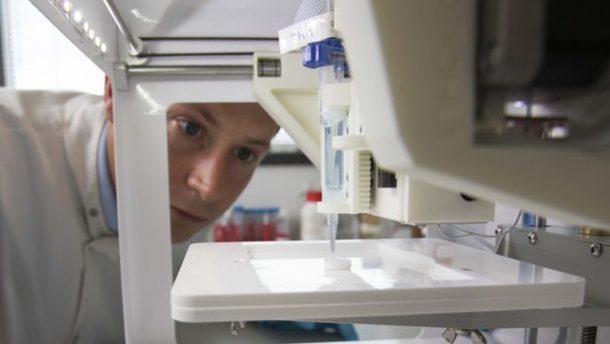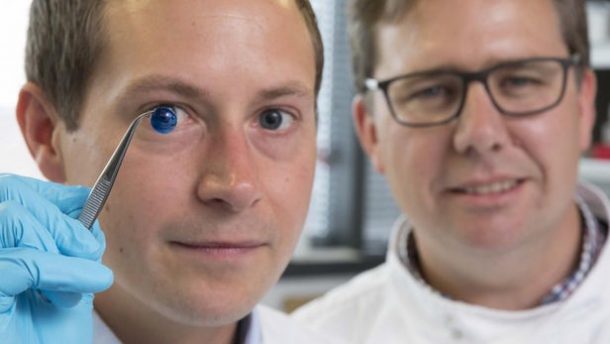Human corneas are in short supply and there are not many donors available. This means that a number of people waiting for a transplant might never get one. However, scientists have developed biosynthetic corneas to cater to these issues and these have just been 3D printed for the first time.
Professor Che Connon is leading a team at Britain’s Newcastle University that 3D printed human corneas for the first time. It took less than 6 minutes to deposit a bio-ink gel in concentric circles to produce an artificial cornea that matched the dimensions of a previously scanned real one.

Human corneal stem cells made up this gel. These cells were harvested from a healthy donor cornea and were mixed with collagen and alginate. The resulting bio-ink was thick enough to hold its shape and provide a micro-scaffolding to keep the cells alive. At the same time, it was soft enough to be extruded through the printer’s nozzle.

“Our 3D-printed corneas will now have to undergo further testing and it will be several years before we could be in the position where we are using them for transplants,” says Connon. “However, what we have shown is that it is feasible to print corneas using coordinates taken from a patient eye and that this approach has potential to combat the worldwide shortage.”
You can check out the process in the video below:


